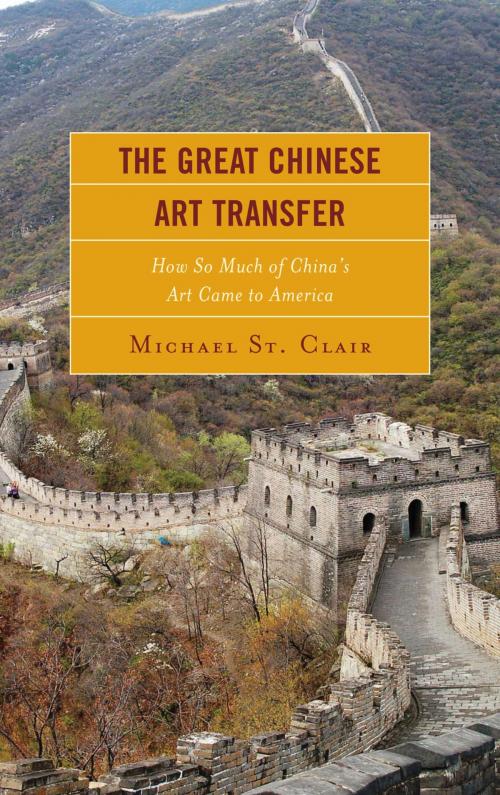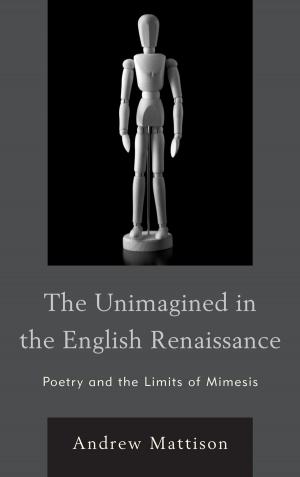The Great Chinese Art Transfer
How So Much of China's Art Came to America
Nonfiction, Art & Architecture, Art History, Asian, General Art| Author: | Michael St. Clair | ISBN: | 9781611479119 |
| Publisher: | Fairleigh Dickinson University Press | Publication: | April 1, 2016 |
| Imprint: | Fairleigh Dickinson University Press | Language: | English |
| Author: | Michael St. Clair |
| ISBN: | 9781611479119 |
| Publisher: | Fairleigh Dickinson University Press |
| Publication: | April 1, 2016 |
| Imprint: | Fairleigh Dickinson University Press |
| Language: | English |
This book tells the story of how and why millions of Chinese works of art got exported to collectors and institutions in the West, in particular to the United States. As China’s last dynasty was weakening and collapsing from 1860 into the early years of the twentieth century, China’s internal chaos allowed imperial and private Chinese collections to be scattered, looted and sold. A remarkable and varied group of Westerners entered the country, had their eyes opened to centuries of Chinese creativity and gathered up paintings, bronzes and ceramics, as well as sculptures, jades and bronzes.
The migration to America and Europe of China’s art is one of the greatest outflows of a culture’s artistic heritage in human history. A good deal of the art procured by collectors and dealers, some famous and others little known but all remarkable in individual ways, eventually wound up in American and European museums. Today some of the art still in private hands is returning to China via international auctions and aggressive purchases by Chinese millionaires.
This book tells the story of how and why millions of Chinese works of art got exported to collectors and institutions in the West, in particular to the United States. As China’s last dynasty was weakening and collapsing from 1860 into the early years of the twentieth century, China’s internal chaos allowed imperial and private Chinese collections to be scattered, looted and sold. A remarkable and varied group of Westerners entered the country, had their eyes opened to centuries of Chinese creativity and gathered up paintings, bronzes and ceramics, as well as sculptures, jades and bronzes.
The migration to America and Europe of China’s art is one of the greatest outflows of a culture’s artistic heritage in human history. A good deal of the art procured by collectors and dealers, some famous and others little known but all remarkable in individual ways, eventually wound up in American and European museums. Today some of the art still in private hands is returning to China via international auctions and aggressive purchases by Chinese millionaires.















